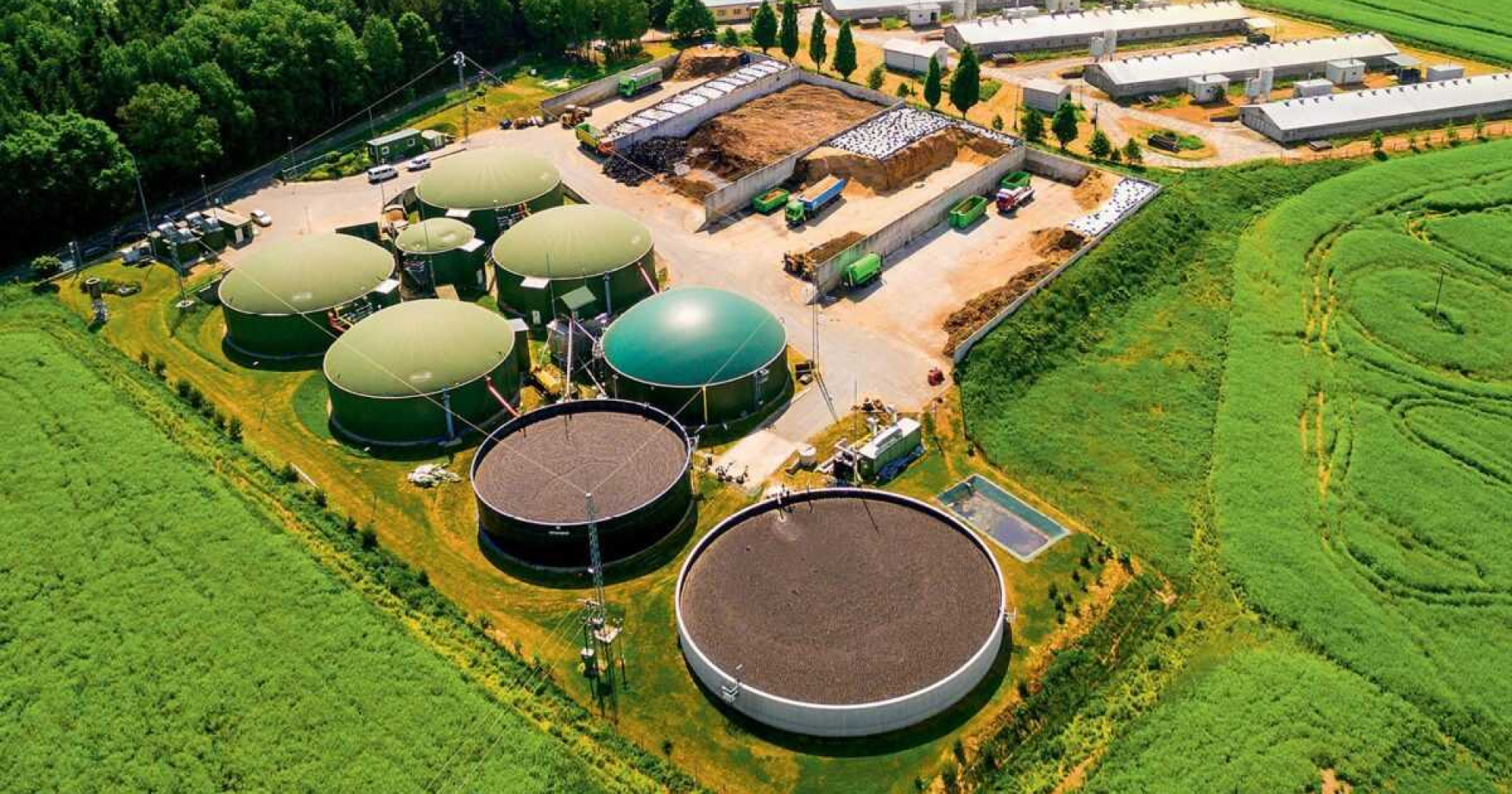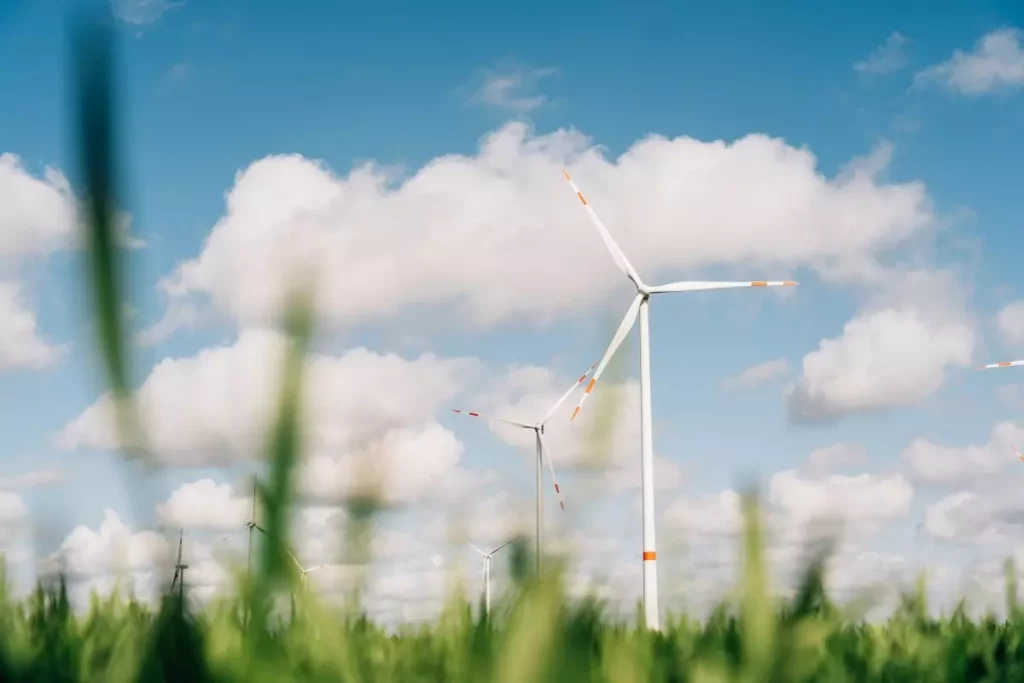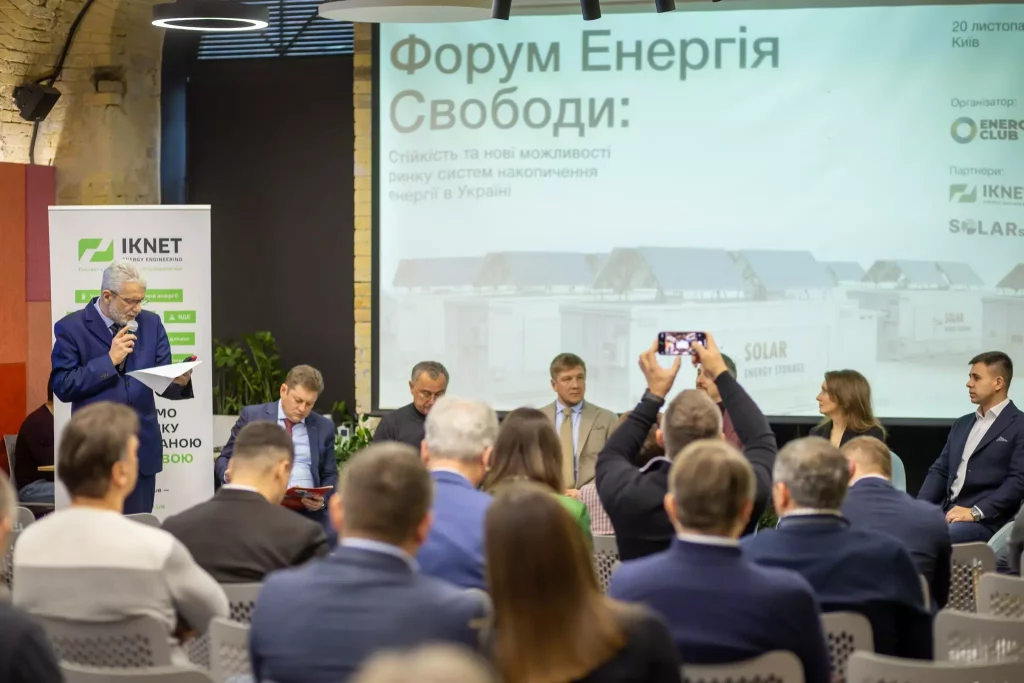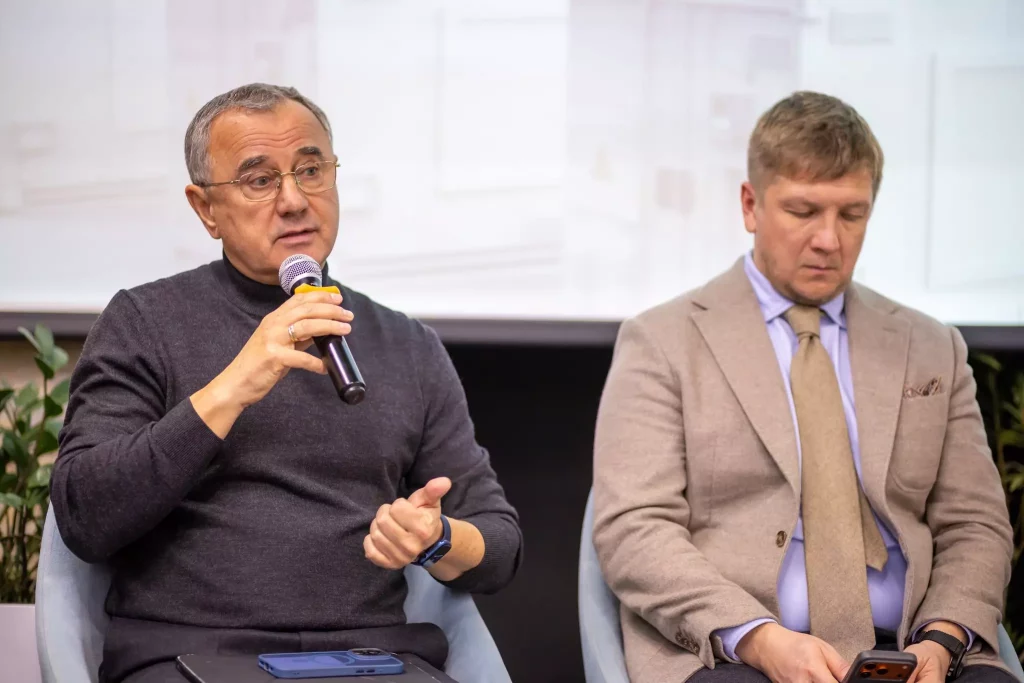
Production of Advanced Biomethane from Microalgae: Final Webinar Materials Now Available
30.09.2025On September 26, 2025, the final webinar of the PN01-2025 project “Development of the Biomethane Sector in Ukraine” took place. During the event, experts from the Bioenergy Association of Ukraine (UABIO) presented Analytical Note No. 3 “Production of Advanced Biomethane from Microalgae Grown on Biogas Plant Digestate.”
This work concluded a series of three studies funded by the Energy Community with the support of FCDO (United Kingdom).
Georgii Geletukha, Chairman of the Board of UABIO:
“This is already our third note within the project. The first focused on biomethane production from cover and intermediate crops, and the second — from lignocellulosic agro-residues. As you can see, the choice of feedstock is unconventional, but highly promising for advanced biomethane production.”
Oleksii Orzhel, Senior Energy Expert at the Energy Community Secretariat:
“It is always very interesting to review UABIO’s in-depth research. Ukraine has significant agricultural potential and, therefore, a high potential for biogas and biomethane production. This makes these studies extremely relevant.”
Key Findings of the Speakers
1️⃣ Opportunities for Biomethane Production from Microalgae | Georgii Geletukha
-
Microalgae do not compete with food crops.
-
They contain more lipids per dry weight than soybeans, with a growth cycle of only 15 days.
-
For economic feasibility, collection costs must be below €0.2/kg of dry matter.
2️⃣ Status and Prospects | Maryana Hyvel
-
Microalgae can transform excess nitrogen and phosphorus from digestate into valuable biomass. This reduces eutrophication, ensures CO₂ capture, and complies with the EU Nitrates Directive.
-
A promising approach is co-digestion of algae with straw (to balance C/N), optimizing anaerobic digestion without the need for drying.
3️⃣ Biological and Technological Aspects | Mykola Sydorenko & Petro Kucheruk
-
1 kg of dry algae mass can fix up to 1.83 kg of CO₂.
-
Photosynthetic efficiency reaches 6–8%, compared to only 2% for terrestrial biomass.
-
Algae play a key role in biogeochemical cycles of nitrogen, silicon, and carbon.
4️⃣ Economic Aspects and Implementation Prospects | Volodymyr Kramar
In most scenarios, the energy balance of algae cultivation is negative.
Feasibility is possible if:
-
cultivation is limited to the warm season without artificial lighting,
-
baseline productivity is ≥5 g/L/day,
-
natural sunlight and secondary heat resources are maximized.
Significance for Ukraine
Biomethane production from microalgae is an innovative approach that can link renewable energy, the agricultural sector, and climate solutions. UABIO’s research lays the foundation for technologies that strengthen Ukraine’s energy independence, reduce CO₂ emissions, and accelerate integration into the European energy market.
👉 Webinar materials are now available online. Check them out via the link.
Become a member of 100 RE UA
Switching to 100% renewable energy in Ukraine is possible!




